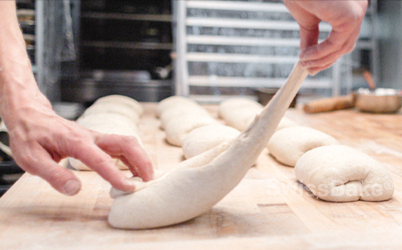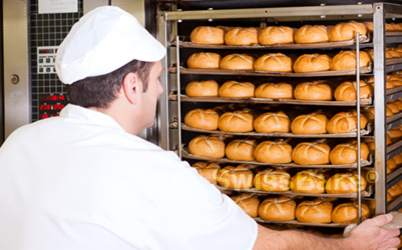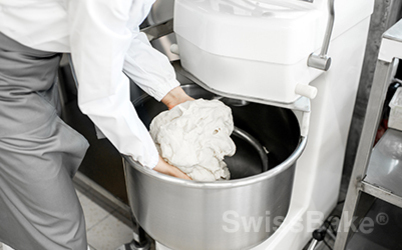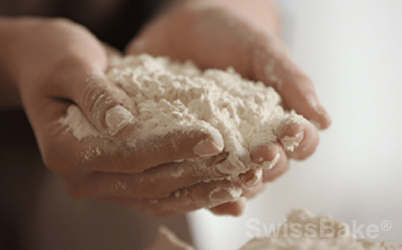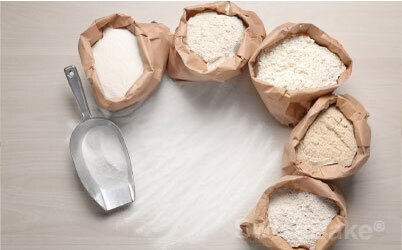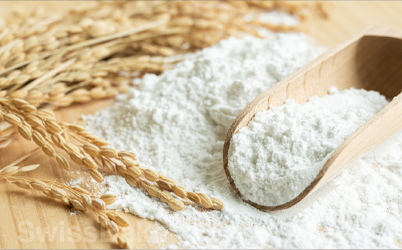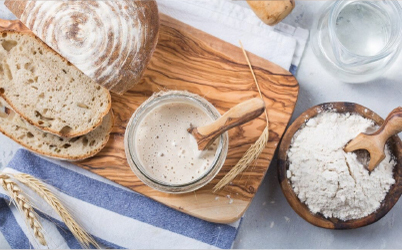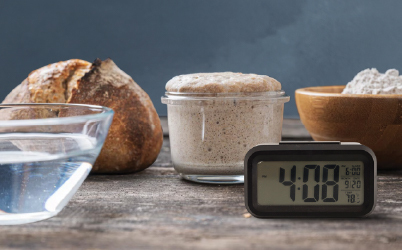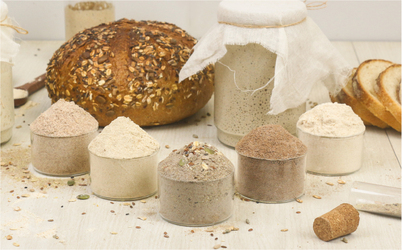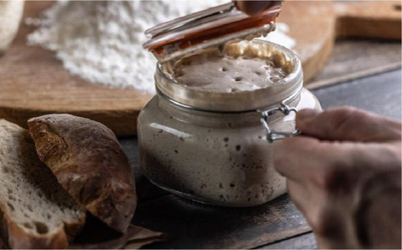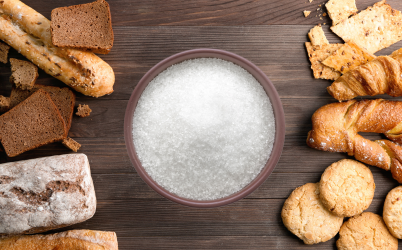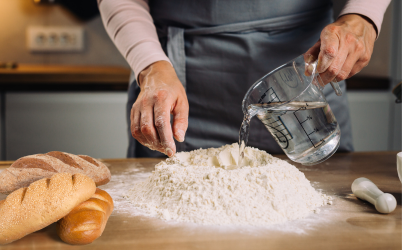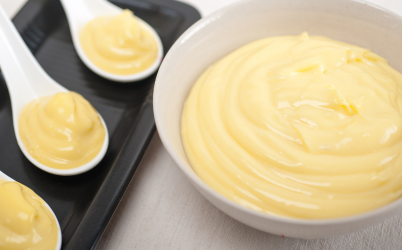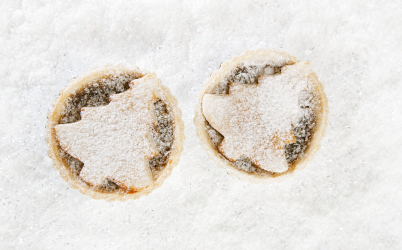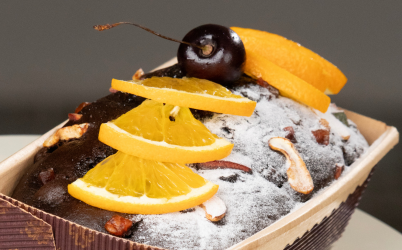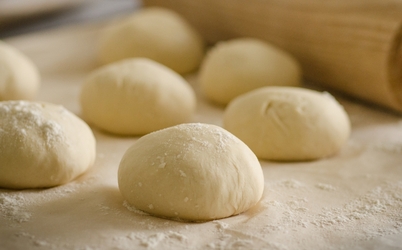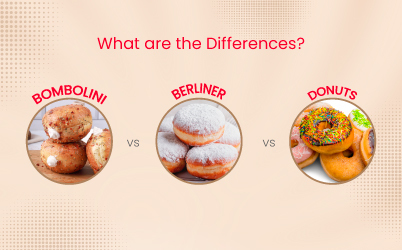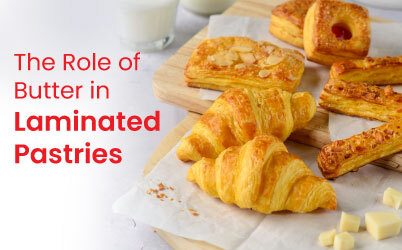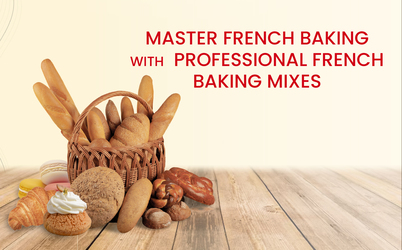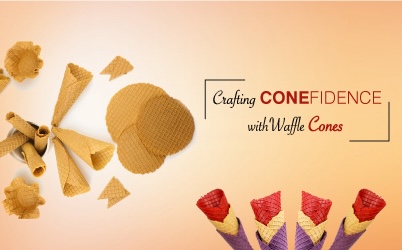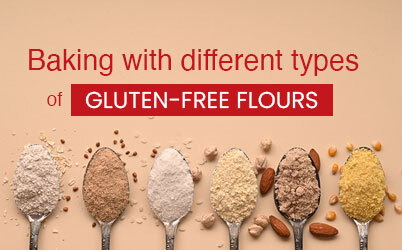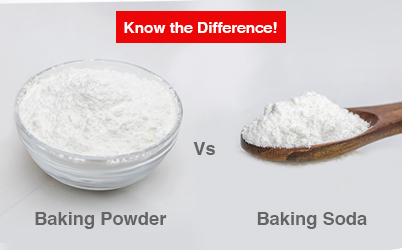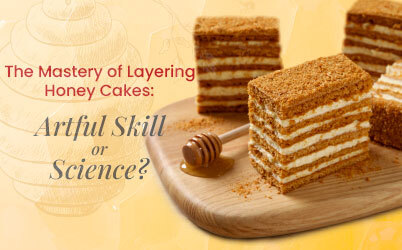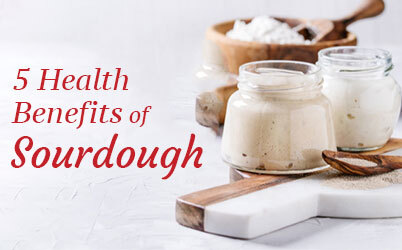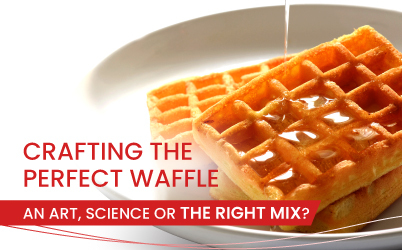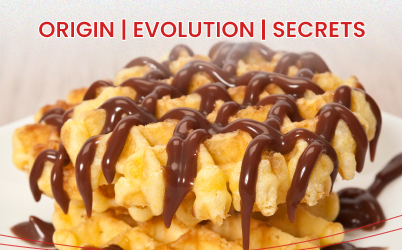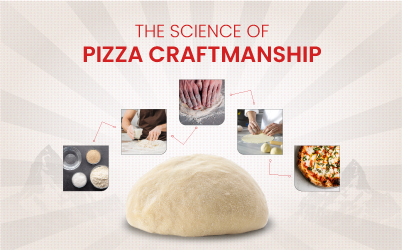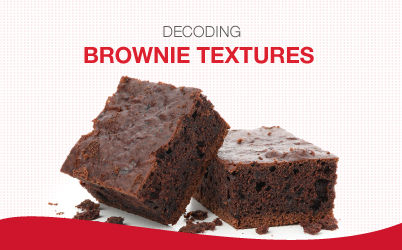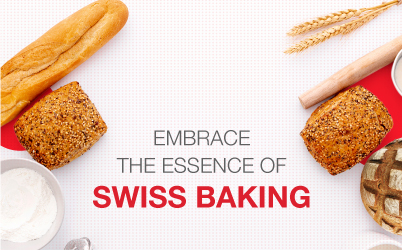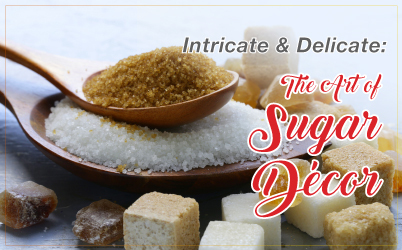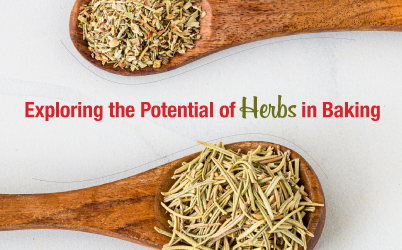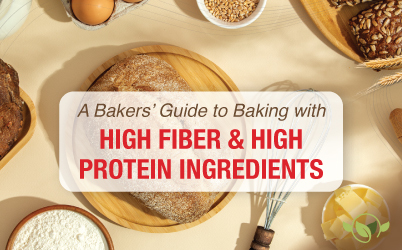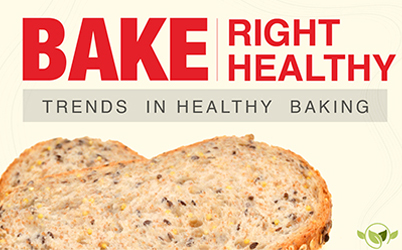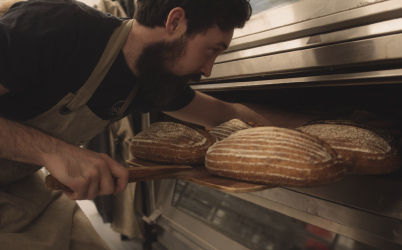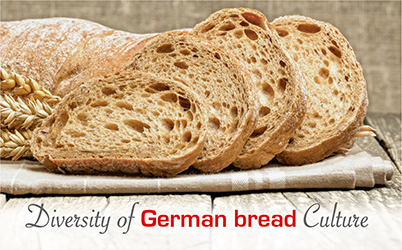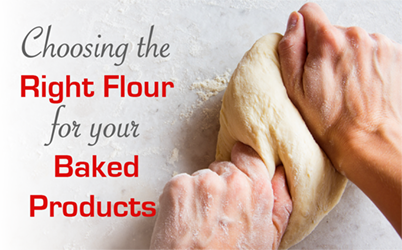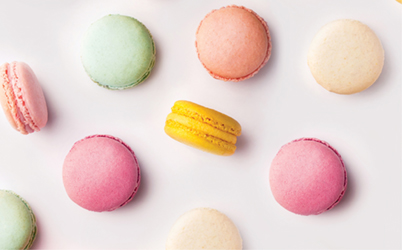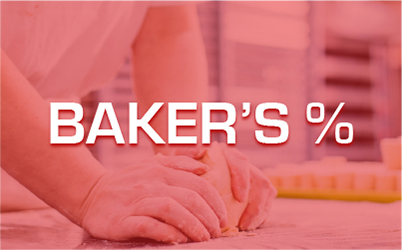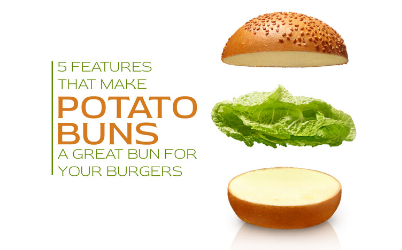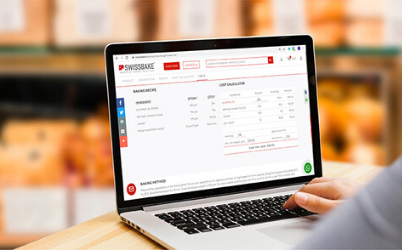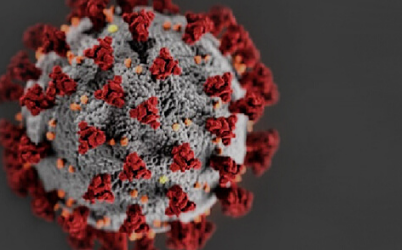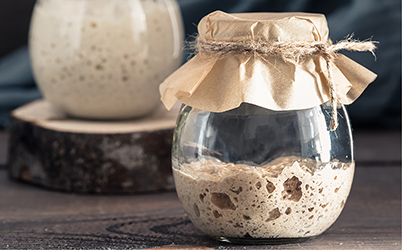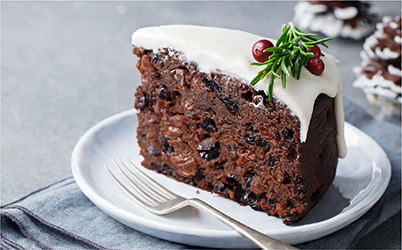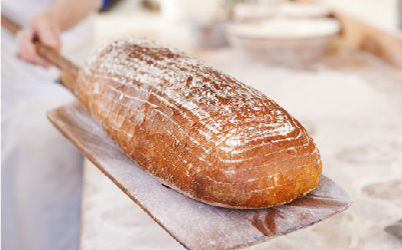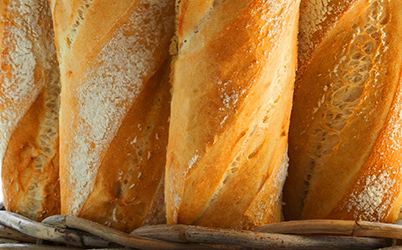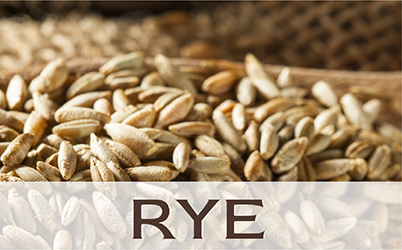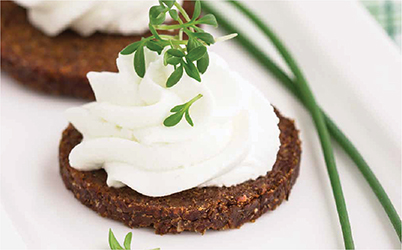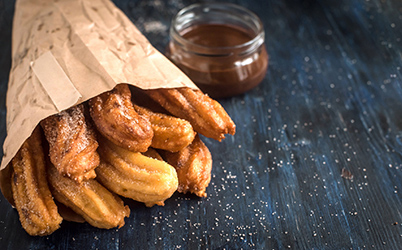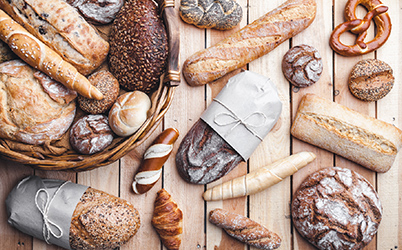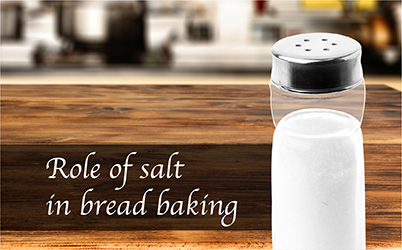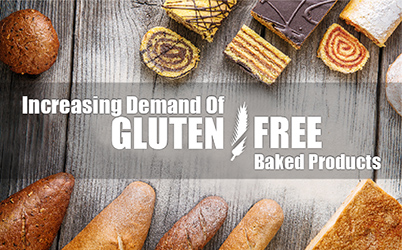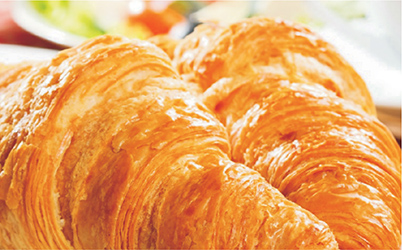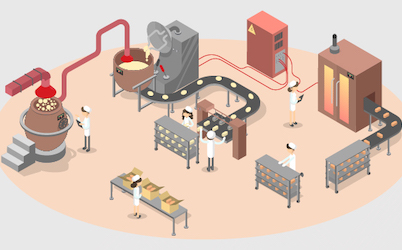The Role of Butter in Laminated Pastries
The Role of Butter in Laminated Pastries
Laminated pastry dough is a cornerstone in the world of baking, known for its delicate, flaky layers that melt in your mouth. The magic behind these layers is largely attributed to one key ingredient: butter. For pastry chefs, professional bakers, and pâtissiers, understanding the role of butter in the laminated dough is essential for achieving the perfect texture and flavor in croissants, puff pastries, and other layered delicacies. This article delves into the science, techniques, and best practices for using butter in laminated pastry dough, highlighting why it's indispensable in professional baking.
The Science Behind Laminated Dough
Laminated dough involves folding butter into the dough multiple times to create distinct layers. This process, known as lamination, traps steam between the layers as the dough bakes, causing it to puff up and separate into the desired flaky structure. The quality and type of butter used are critical to this process.
Why Butter?
Butter is preferred over other fats due to its rich flavor and melting properties. Unlike margarine or shortening, butter contains water and milk solids, which contribute to the dough's flakiness and taste. When laminated correctly, butter creates thin, even layers that expand during baking, resulting in a light, airy texture.
Types of Butter Used in Laminated, Flaky Pastries
When creating laminated pastry dough, the type of butter used is crucial for achieving the perfect texture and flavor. Choosing the right butter significantly impacts the flakiness, richness, and overall quality of laminated pastries.
European Butter
European-style butter, which has a higher fat content (82-85%) compared to regular butter (80%), is often favored in professional baking. The higher fat content means less water, leading to more tender and flavorful pastries. The enhanced plasticity also makes it easier to work with during lamination.
Unsalted Butter
Unsalted butter allows bakers to control the salt content in their recipes, ensuring a balanced flavor. It's the standard choice for laminated doughs, providing a clean, rich taste that complements the pastry. When choosing unsalted butter for laminated pastries, bakers can avoid the risk of over-salting their dough and ensure a harmonious blend of flavors.
Cultured Butter
Cultured butter, made from fermented cream, offers a tangy, complex flavor that can enhance the taste of laminated pastries. While it may not be as common as regular or European-style butter, it adds a unique dimension to baked goods.
The Lamination Process
Preparing the Flaky Dough
The first step in making laminated dough is preparing the détrempe, a simple dough made from flour, water, and a small amount of butter. This dough is then rested to relax the gluten, making it easier to roll out.
Incorporating the Butter
The butter block, known as the barrage, is placed in the center of the rolled-out dough and enclosed like an envelope. This initial step is crucial for ensuring the even distribution of butter throughout the dough.
Rolling and Folding
The dough is rolled out and folded multiple times to create layers. The standard method involves three to four folds, each followed by a resting period to relax the gluten and keep the butter cold. The number of folds and the technique used (single, double, or book folds) determine the final number of layers in the pastry.
Temperature Control
Maintaining the right temperature is vital throughout the lamination process. The dough and butter must be cold but pliable, allowing for easy rolling without the butter breaking through the dough. Chilling the dough between folds is essential for achieving this balance.
The Importance of Butter in Laminated Pastries
1. Butter's Role in Creating Flakiness
One of the primary characteristics of laminated pastries is their flaky texture. This flakiness is achieved through the process of laminating dough with butter. When the flaky pastry dough is folded and rolled multiple times, the butter creates thin layers within the dough. During baking, the water in the butter evaporates, causing the layers to puff up and separate, resulting in the desired flakiness.
2. Butter's Impact on Flavor
Butter contributes significantly to the flavor profile of laminated pastries. The rich, creamy taste of butter enhances the overall flavor, making pastries more delectable. The quality of butter used directly affects the taste, with higher fat content and fresh butter providing the best results.
3. Butter and Pastry Dough Structure
The structure of laminated dough is heavily influenced by the butter used. Butter with the right consistency and temperature ensures that the layers of dough and butter are distinct and uniform. This uniformity is essential for even baking and achieving the right texture.
4. Butter's Influence on Dough Workability
The workability of the dough is another crucial factor in laminating pastries. Butter that is too soft or too hard can cause issues during the rolling and folding process. Optimal butter consistency, often achieved by using the best butter, makes the dough easier to handle and roll out, ensuring precise lamination.
Best Practices for Using Butter in Laminated Dough
Quality Matters
Investing in high-quality butter is non-negotiable for professional bakers. The superior taste, texture, and performance of premium butter significantly impact the final product.
Proper Handling
Avoid overworking the dough, as this can cause the butter to melt and seep out. Gentle, even rolling is key to maintaining the integrity of the layers.
Temperature Control
Always work with cold ingredients and chill the dough between folds to prevent the butter from becoming too soft. Using a marble or stainless steel surface can help keep the dough cool.
Patience
Rushing the lamination process can result in uneven layers and a subpar final product. Allowing the dough to rest adequately between folds is essential for achieving the perfect texture.
The Impact of Butter in Pastry Dough Lamination
Flakiness
The water content in French butter turns to steam during baking, creating pockets of air that cause the dough to rise and separate into layers. This steam is what gives laminated pastries their characteristic flakiness.
Richness and Flavor
Butter imparts a rich, creamy flavor to laminated pastries, making them more indulgent and satisfying. The milk solids in butter also contribute to the browning of the pastry, enhancing its taste and appearance.
Aroma
The aroma of butter as it bakes is another crucial element, adding to the overall sensory experience of consuming a perfectly laminated pastry. This enticing smell can draw customers to bakeries and keep them coming back for more.
Conclusion: The Role of Butter in Laminated Pastries & Pastry Dough
In the professional baking industry, the role of butter in laminated pastry dough cannot be overstated. From creating the perfect flaky layers to enhancing flavor and ensuring consistent quality, butter is the cornerstone of successful laminated pastries. For pastry chefs, professional bakers, and pâtissiers, mastering the use of butter in laminated dough is a key skill that elevates their craft.For professional bakers and pastry chefs looking to master the art of laminated dough, SwissBake® offers a range of high-quality baking ingredients designed to simplify and enhance the baking process. Our products, including SwissBake® Croissant 10 Concentrate, SwissBake® Type 45 Flour & Type 55 Flour, SwissBake® Ultra Soft 20, & SwissBake® Brioche 25, are formulated to deliver consistent results, helping you create the perfect laminated pastries every time.
By understanding the pivotal role of butter in laminated pastry dough and utilizing premium products like those from SwissBake®, professional bakers can elevate their craft, delight their customers, and achieve baking excellence. Explore our range of professional baking solutions and discover how SwissBake® can help you create the finest laminated pastries.



